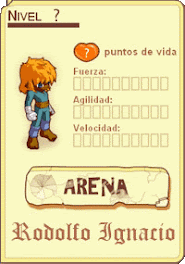In the earliest days of computerized business applications, all processing took place on mainframes, with the client having no role other than to display information from the server and accept user input. This was largely dictated by the high cost of processing power. It simply was not affordable to spread powerful clients throughout the enterprise, so all processing was consolidated, and "dumb terminals" provided the user interaction.
As memory and processing power became cheaper, dumb terminals were replaced by microcomputers (or personal computers). With the added power available, more desktop applications, such as word processors and spreadsheets, could run stand-alone, so no server was necessary. One challenge faced by organizations with microcomputers was a lack of centralized data. Although the mainframe era had everything centralized, the age of the microcomputer distributed everything, adding many challenges for centralizing business rules and synchronizing data across the enterprise.
To help resolve this issue, several vendors released platforms that sought to combine the strengths of the microcomputer with those of the mainframe, which led to the birth of client/server systems. These platforms afforded end users the power and ease of microcomputers while allowing for business logic and data to be stored and accessed from a centralized locationwhich solved the problems of the day. The new challenge introduced with the client/server systems was distribution. Any time changes needed to be made to client applications, IT departments had to manually reinstall or upgrade the software on every single desktop computer. Many companies found they needed a full-time staff whose primary responsibility was keeping the software on the end users' desktops current.
As memory and processing power became cheaper, dumb terminals were replaced by microcomputers (or personal computers). With the added power available, more desktop applications, such as word processors and spreadsheets, could run stand-alone, so no server was necessary. One challenge faced by organizations with microcomputers was a lack of centralized data. Although the mainframe era had everything centralized, the age of the microcomputer distributed everything, adding many challenges for centralizing business rules and synchronizing data across the enterprise.
To help resolve this issue, several vendors released platforms that sought to combine the strengths of the microcomputer with those of the mainframe, which led to the birth of client/server systems. These platforms afforded end users the power and ease of microcomputers while allowing for business logic and data to be stored and accessed from a centralized locationwhich solved the problems of the day. The new challenge introduced with the client/server systems was distribution. Any time changes needed to be made to client applications, IT departments had to manually reinstall or upgrade the software on every single desktop computer. Many companies found they needed a full-time staff whose primary responsibility was keeping the software on the end users' desktops current.


Publicar un comentario